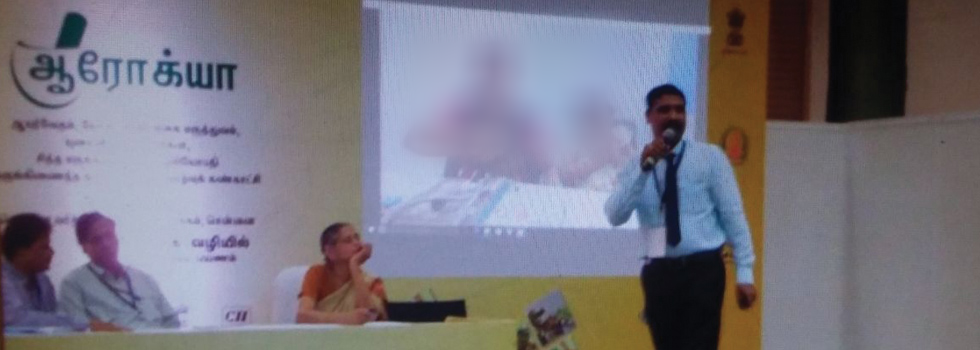






 Benign tumors of muscle and connective tissue that develop within or are attached to the uterine wall. The cause of fibroid tumors of the uterus is unknown. However, it is suggested that fibroids may enlarge with estrogen therapy (such as oral contraceptives) or with pregnancy. Their growth seems to depend on regular estrogen stimulation, showing up only rarely before the age of 20 and shrinking after menopause. As long as a woman with fibroids is menstruating, the fibroids will probably continue to grow, although growth is usually quite slow. Fibroids can be microscopic, but they can also grow to fill the uterine cavity, weighting several pounds.
Benign tumors of muscle and connective tissue that develop within or are attached to the uterine wall. The cause of fibroid tumors of the uterus is unknown. However, it is suggested that fibroids may enlarge with estrogen therapy (such as oral contraceptives) or with pregnancy. Their growth seems to depend on regular estrogen stimulation, showing up only rarely before the age of 20 and shrinking after menopause. As long as a woman with fibroids is menstruating, the fibroids will probably continue to grow, although growth is usually quite slow. Fibroids can be microscopic, but they can also grow to fill the uterine cavity, weighting several pounds.
It is possible for a single fibroid to develop although normally there are a number of them, which begins as small seedlings spread throughout the muscular walls of the uterus. They slowly enlarge and become more nodular, frequently intruding into the cavity of the uterus or growing out beyond the normal boundary of the uterus. Rarely, a fibroid will hang from a long stalk attached to the outside of the uterus. This is called a pedunculate fibroid.
Symptoms are sensation of fullness or pressure in lower abdomen, abdominal fullness, gaseous, increase in urinary frequency, presently in a menstruating age and having heavy menstrual bleeding (menorrhagia), sometimes with the passage of blood clots , sudden, severe pain (a pedunculate fibroid twists causing the blood vessels feeding the tumor to kink) .
Methods of treatment depend on the severity of symptoms, age, pregnancy status, desire for future pregnancies, general health, and characteristics of the fibroid(s). Treatment may consist of simply monitoring the fibroids, specifically their rate of growth, with periodic pelvic exams or ultrasound. This method is usually sufficient in pre menopausal women.
In homoeopathy medicine like Aurum mur nat, calc iod, thuja, lapis alba are used for the treatment. The proper analysis of the case with the qualified homoeopathic physician will give the better results.